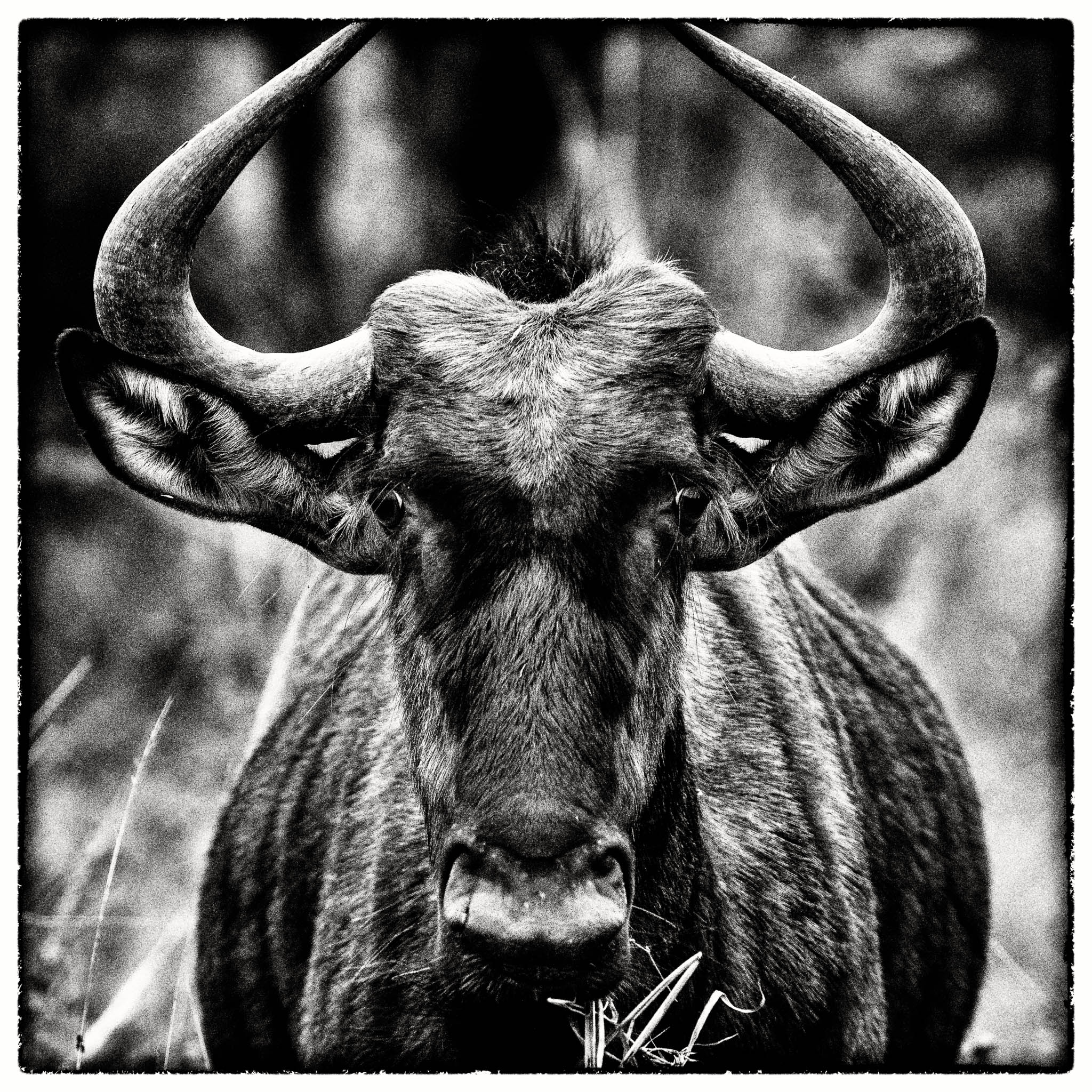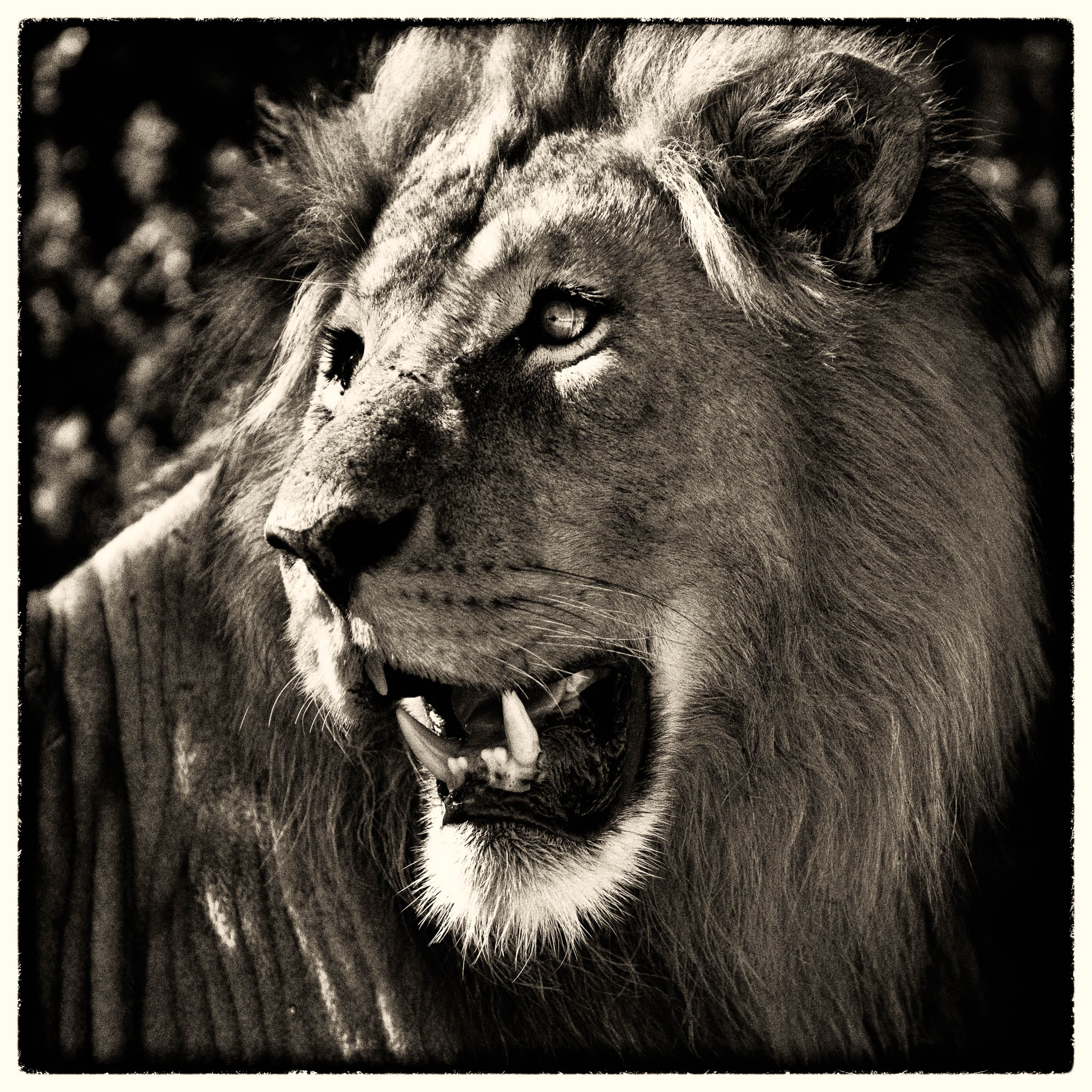After more than forty years shooting primarily in color for publications, I have steadily gravitated to black and white photography. Here is a small slice of that tonal work.
— Les Picker














Wildlife | Black & White
Wild Earth Monochrome
Black
&
White
After more than forty years shooting primarily in color for publications, I have steadily gravitated to black and white photography. Here is a small slice of that tonal work.
Photographing wildlife in black and white requires a discerning eye, one that looks for subtleties and nuance, the play of light and shadow on my subjects, mixed with the nuance of texture and tonality. I especially try to convey the drama of my wildlife subjects and, on lucky days, a hint of their sentience.
We live on a strikingly beautiful planet and I have been privileged to witness and record some of the most spectacular vistas our Earth offers. Recording those indelible landscapes in monochrome is a continuing challenge. Recording animals in monochrome is an even greater challenge.
As an ecologist, I try to help people better understand and respect our precious Earth, its people, animals and landscapes. In the process I have been chased by an African croc (they run faster than you think) and was nearly bitten by a Galapagos sea lion (never get between a sea lion mom and her pup). I have run from charging elephants and been unnerved by a hunting lion not 20 feet from me. In Canada’s Yukon wilderness I had an aggressive grizzly bear grab my tripod, camera and lens, drag it into the tundra and munch on them contentedly. But I still get a thrill from communing, even for a few brief seconds, with our wild animal neighbors.
The places I have been, the people I have met, the animals I have been blessed to observe have all touched me deeply. I hope my work will touch you, too.